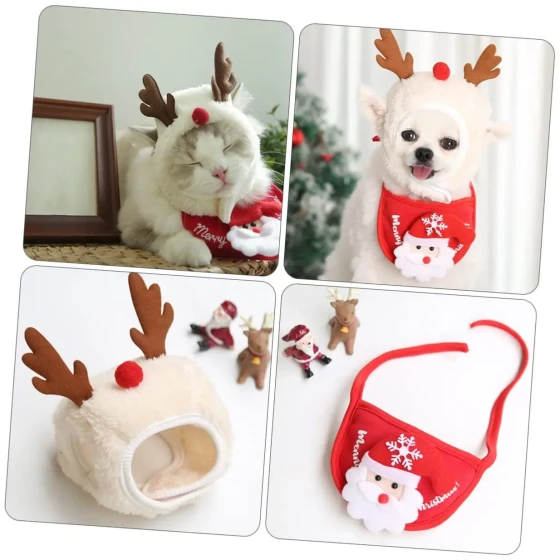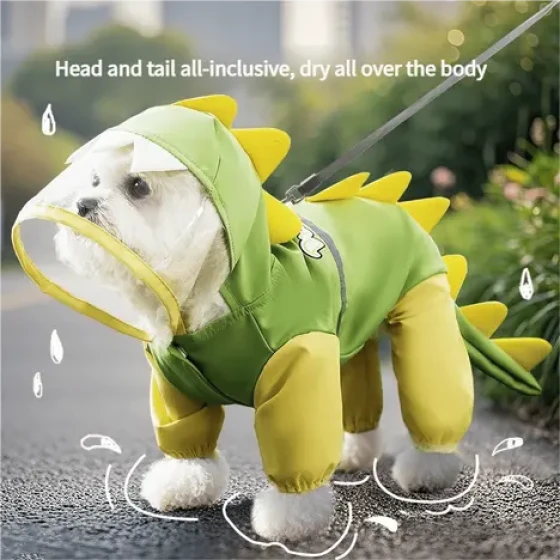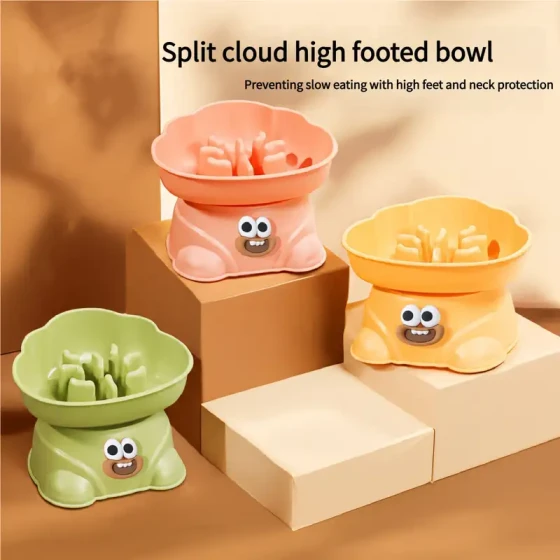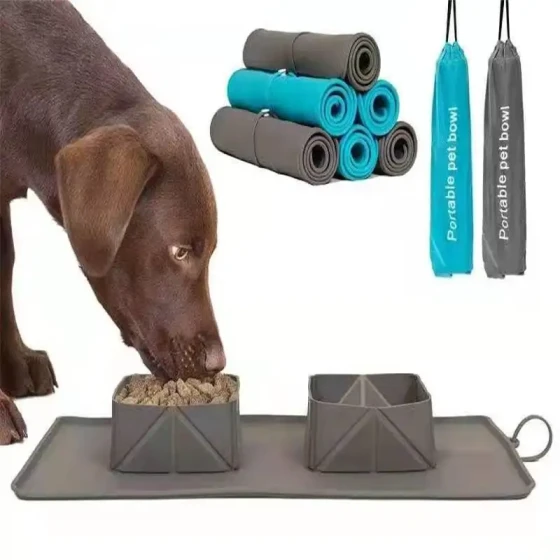How to Raise Labrador Retrievers in Winter Labrador Winter Raising Methods
Labrador Retrievers are honest and cute, highly intelligent, and very obedient. They have soft fur and belong to the short-haired breed. Dogs are prone to respiratory diseases in winter. How to raise Labrador Retrievers in winter? Labrador winter raising methods.
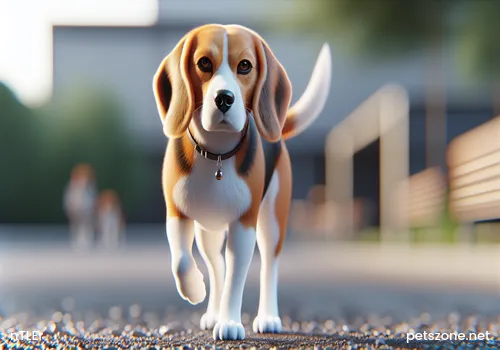
The Labrador Retriever is a dog that can adapt to various climates. It once even hunted along cold coastlines, so winter is not a big problem. But since its coat is short, owners still need to take some cold protection measures.
To adapt to the cold winter climate, the new hair grown in autumn becomes very dense in winter, and such a coat can fully resist the invasion of cold air.
Although the Labrador Retriever is not very afraid of cold, its coat is too short, so cold protection and insulation must still be taken in winter. When winter comes, first move the doghouse to a sunny and wind-sheltered place to prevent cold wind from blowing directly on it; the bedding should be thicker, and it should be changed and aired frequently to keep it dry. During especially cold weather, you can also consider putting a coat on the dog, which can be purchased at a pet store.
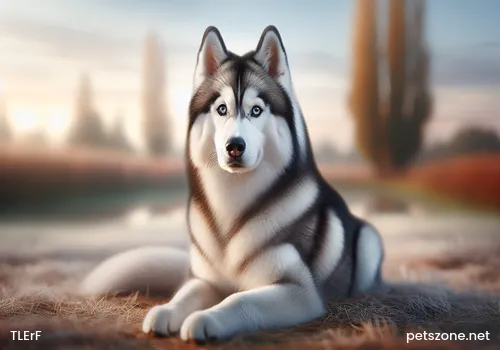
Sunbathe when the sun is out Winter is mostly cloudy, so when the weather is sunny and warm, mainly take the dog outside for activities and sunbathing to enhance fitness and improve disease resistance. Sunbathing not only warms but ultraviolet rays have sterilizing and disinfecting effects, promote calcium absorption, benefit bone growth and development, and prevent rickets in puppies.
Go out more when it’s sunny Usually, during rain, snow or strong winds, dogs stay indoors a lot, which can easily cause health problems from staying inside for extended periods. Therefore, when the weather is good, be sure to take the dog out for enough exercise, allowing it to stretch muscles and relieve psychological pressure from prolonged indoor confinement.
Supplement high-calorie foods In winter, add butter, offal, milk, and foods rich in vitamin A and fat to the feed. These foods quickly replenish calories and enhance the dog’s cold resistance.
A The dog’s resting place must be protected from direct cold wind. The owner must inspect the surroundings carefully.
B When there is strong wind or rain in winter, dogs are prone to catching colds after outdoor exercise, so attention must be given.
